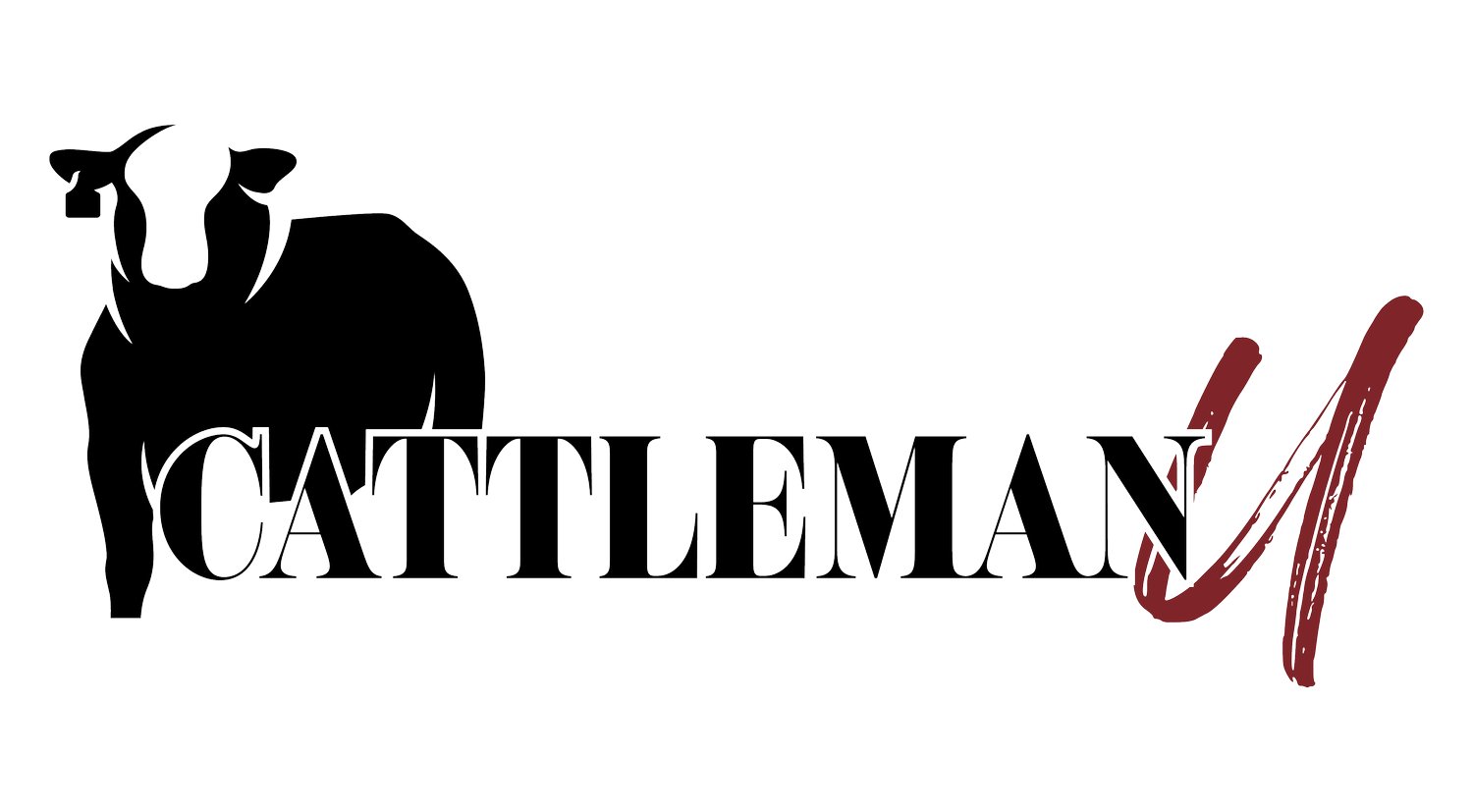Why EID Tags Have Ranchers Talking: The Future of Traceability in the Beef Industry
You’ve probably heard a lot of buzz about EID tags. These devices — formally known as Electronic Identification tags — are quickly becoming one of the most talked-about tools in the beef industry. But why all the chatter, and why now?
EID tags aren’t new to agriculture. The dairy and pork industries have been using them for years, often under the name RFID (Radio Frequency Identification) tags. But as the beef industry inches toward the idea of nationwide traceability, the conversation around EID tags has grown — and so has the controversy.
“As producers, are EID tags inherently bad, or are we worried that the wrong use of EIDs could be bad?”
— Karoline Rose-Bohannan
Understanding EID Tags
At their core, EID tags are used to electronically identify individual animals. For ranchers, this means easier record-keeping, better tracking of animal health, and the potential for more data-driven decisions. The tags store a unique ID number that can be read manually or scanned electronically.
The U.S. beef industry has been slower to adopt EID tags compared to other countries like Canada, where traceability is not just common — it’s often mandatory. In Canada, for example, cattle are tracked from ranch to feedlot to processor, and that data can even tie carcass performance back to the original ranch. This level of information helps ranchers improve their breeding, health programs, and business decisions year after year.
Learn more about Canada's cattle traceability system here.
The Push for Traceability
For many ranchers, the interest in EID tags boils down to two things: traceability and data. The beef industry is one of the last holdouts when it comes to a national traceability system.
Traceability would allow for easier disease monitoring and even pave the way for country-of-origin labeling — a hot topic that’s long been discussed as a way to add value for both producers and consumers. But there’s a catch: a system like that requires reliable, consistent data, which is exactly what EID tags can provide.
However, not everyone is on board. The biggest pushback seems to revolve around concerns about government overreach. Some ranchers worry that mandated EID tags could open the door to more control, more regulations, and more eyes on their operations. Others argue that this information is already accessible in other ways and that EID tags would only make it more streamlined.
For a deeper dive on traceability discussions in the U.S., check out these articles from Drovers: "Why Cattle Traceability Matters."
Real-World Benefits
Beyond the policy debate, many ranchers are already seeing the benefits of EID tags in their day-to-day operations.
Take disease prevention, for example. With traditional metal identification tags, traceability has always been a bit clunky — numbers get lost, tags fall out, and tracking becomes inconsistent. EID tags simplify the process and are being integrated into established health protocols like bangs vaccinations, making it easier to manage herd health and respond quickly if issues arise.
The technology also plays a big role in cross-border cattle movement, especially in places like Montana where cattle commonly move between the U.S. and Canada. With EID tags, border officials can scan an entire truckload of cattle in one go, ensuring traceability without the need to manually list and verify each animal.
Here’s an overview of how the USDA is approaching traceability for livestock.
Beyond Borders: Why Data Matters
For ranchers who buy and sell cattle at large volumes, EID tags offer a whole new layer of insight. By tracking calves from the moment they arrive on the ranch, through doctoring, weight gain, feed conversion, and all the way to the feedlot, ranchers can start answering important questions like:
Where did this calf come from?
How did it perform?
Which buyers and sellers are providing the best cattle?
Who are the most reliable partners for future purchases?
This kind of feedback loop has long been missing from the beef industry. EID tags help close that gap.
Improving Profitability and Decision-Making
Having access to real-time, accurate data doesn’t just help with animal health — it can transform a business. EID tags allow ranchers to identify which cattle are poor performers, which suppliers consistently provide quality animals, and which pens are falling short at the feedlot.
It also allows for smarter decisions when it comes to sorting, feeding, and marketing cattle. When you can follow an animal’s performance from purchase to processing, you’re better equipped to improve the health of your herd, streamline your operation, and increase your bottom line.
The Road Ahead
Whether you're for or against the idea of government-mandated traceability, one thing is clear: the cattle industry is headed for change. As discussions around country-of-origin labeling heat back up, the need for accurate, reliable traceability will only grow.
EID tags aren’t just about compliance — they’re about using technology to run a more efficient, more profitable, and more future-proof ranching business. The more data you have at your fingertips, the more power you have to make smart, informed decisions.
Did you enjoy today’s post? Want more resources?
Get ahead of the curve by listening to our Weekly Podcast Episode. No fluff, just real talk from the ground up. Hit play and stay ahead of the curve. Listen now — your herd (and your bottom line) will thank you!
And while you’re at it, explore more free guides and resources built for ranchers like you:
Join our Weekly Email — packed with real-world insights and early-bird discounts
Watch episodes on our Video Podcast Channel
Connect with Us
Stay in the loop and follow along:
📸 @cattlemanu| @krosecompany| @rose.karoline
💻 KRose Company | Cattleman U
